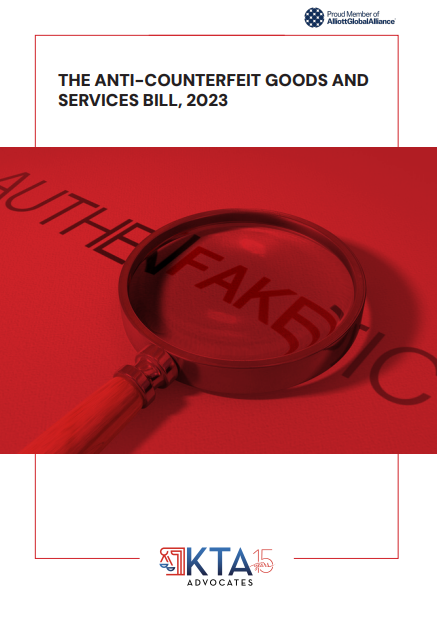I have been intrigued to write this piece by an article that appeared in Guardian News paper (A share for the world: Uganda’s fragile forest ecosystem destroyed for sugar) on 18th June 2020wherein a big chunk of the Budongo forest falling outside the forestry reserve was leased out by the Bunyoro Kingdom for sugar cane growing and this has caused outrage amongst conservationist.
Just to remind ourselves, Uganda is a tapestry of land scape ,packs a lot into its boundaries ; Home of Africa’s tallest mountain ranges (rwenzori) ,a source of the Nile-the world’s longest river ,hosts the continent’s longest lake which is No.2 in the World –lake Victoria, hosts 54% of the world’s surviving mountain gorillas among others.
Our protected areas cover 16.3% of the total land area, protected by law and jealously guarded .Largely divided into two major categories that include ;National parks ,wildlife reserves and community wildlife sanctuaries (Uganda wildlife Act 2010) and forest reserves (The National forest and planting Act 2003),with now very sound and robust management policies plus very serious and committed leadership in the institutions that lead the organizations in charge.
However ,not all is rosy, there are real challenges that affect and threaten the beautiful picture above ;population pressure:- the protected areas were gazzetted when the population of Uganda was under ten million ,now over 60% of that population still depend on agriculture which is not even modern and therefore fertile soil is still a necessity ;competition for other uses like sugar cane growing ,elective politics and populist politicians are another challenge who promise wanainchi land for votes ,we should actually treasure the leadership that has sustained these protected areas amidst all challenges.
With all these, we must always be aware of the usefulness of these resources but for their relevance to stay and value, these protected areas must be able to generate resources and value to outcompete the interests which are viewed as more lucrative.
Iam more certain if the said 990 hectares of natural forest was generating money for Bunyoro Kingdom, there would be absolutely no reason for them to be leased out for cane growing.
If we therefore ,are genuinely interested in conservation ,we must think around innovative ways of generating value immediately from these resources otherwise ,articles and radio talk shows wont solve the impending problems which are available opportunities in the world today that all well –meaning conservationists should be promoting and facilitating;
- Growing global awareness about environment change, increased average of temperature by 3.4% and this will affect fundamentally the world. We have seen erratic rains and raising waters of Lake Victoria which has caused a lot of damage to properties.
- The world species extinction stands at 60% of the world life has been lost and Africa is becoming world focus because it has the remaining habitat for wildlife and therefore more resources being availed.
- Private sector management of protected areas which takes away financial burden ,ability to raise resources and world class management.
- Creating value for the protected area to generate their own value ,the following are some of the possible resources;
- Eco tourism before covid -19 pandemic the following numbers of tourism to sub-sahara Africa which if we positioned ourselves would surely tap into tourism to sub-shara Africa which if we positioned ourselves would surely tap into tourism is even protected to grow faster
- 64 million visitors were visiting
- 24 million jobs were being created
- By 2021, visitors were projected to grow to 134 million.
- It was the fastest growing region in the world
- 4 out 5 visitors were coming to view wild life.
- Growth of domestic tourism ,serious investment must be pursued
- Caution on bio diversity effects.
- Conservative utilization
- Other enterprises that are compatible to forestry and do not erode protected areas like livestock, honey production, sustainable forestry among others.
By Justus Karuhanga .



